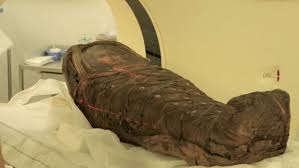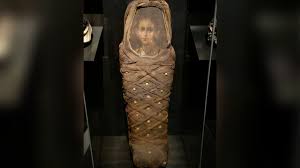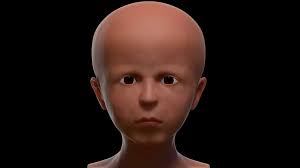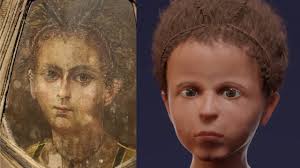This young boy died at the turn of the first millennium.
Just after the turn of the first millennium A.D., a young child living in Egypt contracted a deadly illness — most likely pneumonia — and died. His tiny body was prepared for mummification and burial; some of his organs were removed, his remains were wrapped in criss-crossed linen bindings and a portrait of his face was affixed to the front of his mummy.
Written content by Laura Geggel for Live Science
This so-called “mummy portrait” was part of a popular tradition among some Egyptians in Greco-Roman times, from about the first through the third centuries A.D. But how accurate were these portraits? To find out, a team of scientists in Austria and Germany CT scanned this little boy’s body and created a 3D digital reconstruction of his face.


The results show that the portrait was fairly accurate, except for one aspect — the artist made the youngster look older than his 3 or 4 years.
“The portrait shows slightly ‘older’ traits, which may have been the results of an artistic convention of that time,” study lead researcher Andreas Nerlich, the director of the Institute of Pathology at the Academic Clinic Munich-Bogenhausen in Germany, told Live Science in an email.
This single portrait, however, doesn’t reveal whether it was a common practice for ancient Egyptian artists to make younger people look older in their mummy portraits.
Child-size mummy

Of the roughly 1,000 recovered mummy portraits from Greco-Roman Egypt, only about 100 are still attached to the mummy. For the project — the first of its kind to compare the mummy portrait of a young child from ancient Egypt with its facial reconstruction — the researchers chose this boy’s mummy, found in the 1880s in a cemetery close to the pyramid of Hawara, southwest of Cairo. The 30-inch-long (78 centimeters) mummy, which dates to sometime between 50 B.C. to A.D. 100, is now housed at Egyptian Museum Munich. Read more from Live Science
Read other interesting related stories from News Without Politics
.




